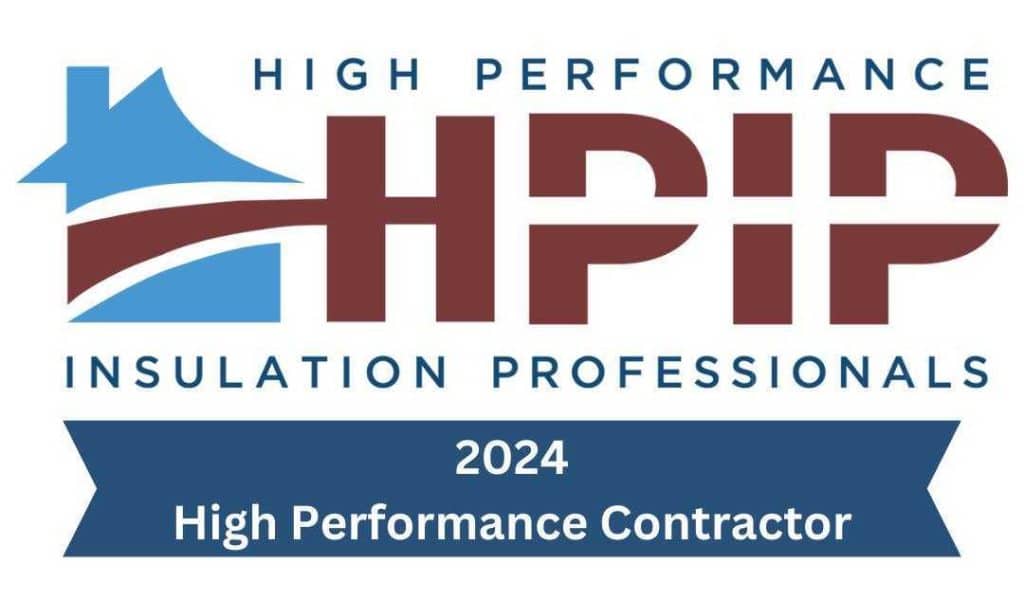Attic insulation plays a key role in controlling moisture levels in homes. When insulation is properly installed and maintained, it helps regulate temperature and humidity, reducing the risk of condensation buildup. Without sufficient insulation, warm indoor air can meet cold attic surfaces, leading to moisture accumulation. This excess moisture creates an environment where mold can thrive.
How Poor Insulation Contributes to Moisture Problems
- Condensation Buildup: When warm air from living spaces rises and meets a cold attic, condensation forms. Over time, this moisture seeps into insulation and wooden structures.
- Air Leakage: Gaps in insulation allow humid air to infiltrate, increasing the likelihood of dampness and mold growth.
- Temperature Imbalances: Without adequate insulation, temperature fluctuations create conditions that encourage moisture retention.
- Poor Ventilation: Insulation works in tandem with ventilation systems. If insulation blocks airflow, humidity levels increase, further promoting mold development.
Common Signs of Moisture and Mold in the Attic
Detecting moisture issues early helps prevent extensive damage. Homeowners should look for:
- Musty odors indicating mold presence
- Discolored or damp insulation
- Water stains on ceilings
- Peeling paint or warped wood
- Ice dams forming on the roof during winter
The Impact of Mold on Health and Property
Mold growth due to excessive attic moisture can cause structural damage and health issues. Spores released into the air may trigger allergies, respiratory problems, and other health concerns. Prolonged exposure can compromise indoor air quality, making it essential to address moisture-related issues promptly.
Choosing the Right Attic Insulation for Moisture Prevention
Different insulation materials offer varying levels of moisture resistance. Some of the most effective options include:
Spray Foam Insulation
- Forms an airtight seal, reducing air leaks
- Acts as a moisture barrier
- Resistant to mold growth
- Long-lasting and energy-efficient
Fiberglass Insulation
- Cost-effective and widely used
- Provides thermal resistance but may absorb moisture if exposed
- Requires proper vapor barriers to prevent mold development
Cellulose Insulation
- Made from treated recycled materials
- Has some resistance to mold and pests
- Can absorb moisture, making proper ventilation crucial
Rigid Foam Board
- High moisture resistance
- Provides effective thermal insulation
- Ideal for sealing gaps and preventing condensation
Proper Insulation Installation for Moisture Control
For insulation to be effective in preventing mold, it must be installed correctly. Key considerations include:
- Sealing air leaks: Gaps around vents, chimneys, and light fixtures should be sealed to prevent warm air from entering the attic.
- Ensuring adequate ventilation: Ridge vents, soffit vents, and attic fans help balance humidity levels.
- Installing vapor barriers: A properly placed vapor barrier prevents moisture from reaching insulation materials.
- Maintaining consistent attic temperatures: Even insulation distribution prevents cold spots where condensation can form.
Preventative Measures to Reduce Attic Moisture
Beyond insulation, additional steps help minimize the risk of mold growth:
- Roof Maintenance: Regularly check for leaks, damaged shingles, and clogged gutters.
- Bathroom and Kitchen Exhaust Vents: Ensure they expel air outside rather than into the attic.
- Humidity Control: Use dehumidifiers in high-humidity areas and maintain indoor humidity below 60%.
- Regular Attic Inspections: Check for early signs of moisture buildup and address any issues promptly.
Address Moisture and Mold Concerns with Professional Help
If your attic shows signs of moisture problems, professional assessment and insulation upgrades can provide long-term solutions. At Makeover Insulation, we specialize in attic insulation solutions that help Decatur homeowners maintain a dry and mold-free environment. Contact us at (470) 664-5300 or email [email protected] to schedule an inspection.
Frequently Asked Questions
How does attic insulation help prevent mold growth?
Insulation regulates temperature and reduces moisture buildup, creating conditions that are less favorable for mold growth.
What type of insulation is best for moisture control?
Spray foam insulation is the most effective for moisture prevention due to its airtight seal and mold resistance.
Can I add insulation over existing moldy insulation?
No. Moldy insulation should be removed before installing new material to prevent continued mold growth and air quality issues.
How do I know if my attic has moisture problems?
Common signs include musty odors, water stains, and visible mold. Regular inspections help identify issues early.
Should I install attic insulation myself or hire a professional?
While DIY installation is possible, professional services ensure proper sealing, ventilation, and moisture control for long-term effectiveness.
How often should attic insulation be inspected?
An annual inspection is recommended, especially after extreme weather conditions.
What is a vapor barrier, and do I need one?
A vapor barrier prevents moisture from reaching insulation materials, reducing the risk of mold. It is essential in humid climates.
How much does it cost to insulate an attic in Decatur?
Costs vary based on the insulation type and attic size. Contact Makeover Insulation for a quote tailored to your home.
Can poor attic insulation affect my energy bills?
Yes. Inadequate insulation leads to temperature fluctuations, causing HVAC systems to work harder, increasing energy costs.
What steps can I take to prevent attic moisture problems?
Ensure proper ventilation, repair roof leaks, and schedule regular inspections to maintain a dry attic space.
For expert attic insulation services in Decatur, reach out to Makeover Insulation at (470) 664-5300 or email [email protected].




